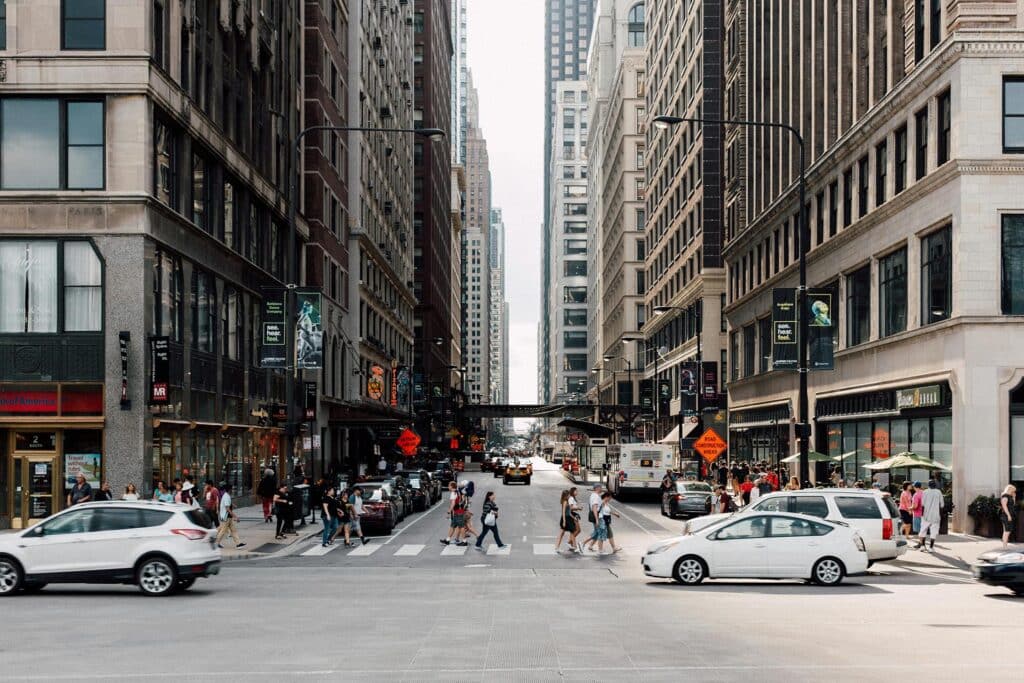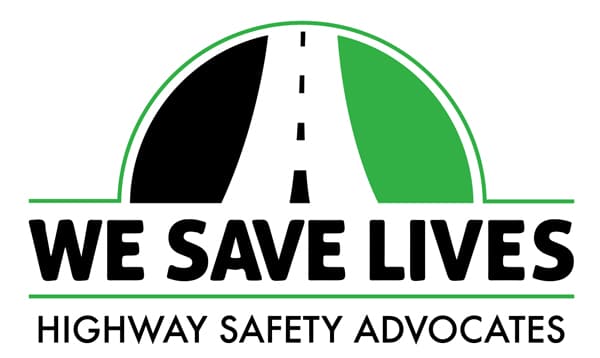
Chicago’s streets are busier than ever — and rideshare vehicles are a major reason why. As Uber and Lyft become staples of city transportation, questions have emerged about whether their convenience is worth the cost in safety. This article explores the role of rideshare services in local traffic patterns and crash data to uncover their potential impact on traffic fatalities.
Rideshare Services Are Embedded in Chicago’s Transportation Network
Uber and Lyft are now fundamental parts of how people move around Chicago. These services offer on-demand rides through mobile apps, often replacing taxis or public transit. Millions of trips are booked each year, providing a flexible solution for both city residents and tourists. Because these platforms operate across all neighborhoods and at all hours, their reach far exceeds that of traditional cabs. The increased availability of rides means more drivers are on the road at any given time. As a result, vehicle traffic has surged — especially in areas with heavy foot traffic and high-density intersections.
Chicago Crash Data Reflects Broader Safety Concerns
Traffic crashes remain a persistent issue in Illinois, with Chicago consistently experiencing a significant share. According to the Illinois Department of Transportation’s 2022 Crash Facts, there were 1,147 fatal crashes on Illinois roads in 2022, resulting in 1,268 deaths. While specific data for Chicago and Cook County are not detailed in this report, historically, Cook County has accounted for a substantial portion of the state’s traffic incidents. This underscores the critical need for targeted traffic safety measures in urban areas like Chicago. This proportion highlights how urban areas like Chicago experience a disproportionate number of serious accidents. While not all crashes are tied to rideshare drivers, the density of vehicles — particularly during peak service hours — raises important questions about rideshare safety oversight.
Rideshare Growth May Be Linked to Rising Fatalities
A growing body of research suggests a connection between rideshare activity and traffic deaths. One 2019 study from the University of Chicago found that the introduction of rideshare services correlated with a 3% increase in nationwide motor vehicle fatalities. This increase translates to an estimated 987 additional deaths per year across the United States. Although the research does not isolate data by city, it provides a strong indication that rideshare activity contributes to risk exposure. Cities like Chicago — with high rideshare usage and busy intersections — may be more vulnerable to these effects. Additional localized data would help confirm this trend at the city level.
How Rideshare Operations Affect Collision Rates
Several elements of the rideshare model contribute to its traffic safety implications. Drivers spend more time cruising between fares, often called “deadheading,” which inflates the number of active vehicles on the road. This directly increases the risk of crashes simply due to higher exposure.
Other operational concerns include:
● Increased Vehicle Miles Traveled: Drivers often log miles without passengers while waiting for or heading to a ride request.
● Smartphone Distraction: Navigating apps for directions and pickups can divert attention from the road.
● Extended Working Hours: Many drivers work long shifts to increase earnings, elevating the risk of fatigue-related errors.
These behaviors—though not unique to rideshare—are amplified by the gig economy structure that encourages longer driving sessions and quick response times.
Chicago’s Regulation of Rideshare Services
City officials have taken steps to regulate rideshare platforms. Chicago requires driver background checks, annual vehicle inspections, and per-ride fees that fund public transportation and infrastructure. Despite these efforts, enforcement gaps remain. For instance, regulations may not fully address driving behavior between trips or ensure drivers are well-rested. Oversight challenges also emerge when platforms scale operations quickly, adding thousands of part-time drivers with varying experience levels. To stay effective, regulatory measures must evolve alongside the industry. Public access to anonymized crash data and ongoing collaboration between the city and rideshare companies are critical to developing more responsive safety strategies.
Taxi Models Differ in Ways That Matter
While taxis and rideshare vehicles share space on city roads, their operating models differ. Traditional taxis often wait at designated stands or accept street hails, leading to more predictable driving patterns. Rideshare drivers, on the other hand, continuously navigate changing routes based on app-based requests. Additionally, taxi fleets are more centrally regulated, and drivers typically follow fixed schedules. In contrast, rideshare platforms rely on independent contractors who choose their hours—often leading to nighttime driving, when crash risks are higher. These distinctions can influence how each model contributes to traffic congestion and crash patterns.
Pedestrian Safety Is Also at Risk
Pedestrian deaths have risen alongside the growth of rideshare services. The increase in vehicles performing frequent stops for pickups and drop-offs — often mid-block or at intersections—creates more opportunities for conflict with people on foot. Pedestrian fatalities have remained high in recent years, frequently involving large vehicles and distracted drivers. Rideshare cars — though smaller than trucks — still contribute to chaotic urban traffic patterns that can endanger walkers, especially in areas with heavy foot traffic and minimal curb space.
Community Efforts to Raise Awareness
Local groups and safety advocates are responding to the increase in traffic incidents involving rideshare vehicles. These campaigns aim to educate both drivers and passengers about safety protocols and legal responsibilities. Key initiatives include distributing safe pickup zone maps, offering training on distracted driving, and hosting public awareness events. In addition to advocacy groups, legal professionals in Chicago who handle rideshare accident cases play an important role in community education. By representing individuals injured in Uber or Lyft collisions, these attorneys help highlight common crash scenarios and accountability gaps that might otherwise go unaddressed. Their work often supports broader calls for transparency and improved safety regulations across the city. Efforts to build a culture of road safety depend on sustained collaboration among city agencies,
rideshare companies, legal professionals, and residents. Transparency and community input are crucial to making these programs effective.
Steps Toward Safer Rideshare Operations
Improving safety in the rideshare industry involves action on multiple fronts. The following strategies can reduce crash risks and improve accountability:
● Enhanced driver training to emphasize defensive driving and reduce distracted behavior.
● More consistent enforcement of licensing, vehicle inspection, and work-hour regulations.
● Data transparency policies requiring companies to share anonymized crash and usage data with city officials and researchers.
These steps would give policymakers better insight into accident causes and help develop more targeted safety interventions. Moreover, they promote a safety-first culture within the rideshare industry.
Looking Ahead: Safety Innovations and Long-Term Policy Shifts
As the industry evolves, new technology may shape rideshare safety in dramatic ways. Autonomous vehicle development could remove the risk of human error — responsible for most accidents — but poses its own challenges. Cities must prepare for regulatory questions, liability concerns, and ethical dilemmas related to automation. Until then, rideshare safety in Chicago depends on strong policy enforcement, transparent data sharing, and informed public engagement. While the convenience of rideshare services is undeniable, their impact on public safety demands ongoing attention and proactive planning.





